A clogged garbage disposal can be a major inconvenience in any kitchen. When this essential appliance stops working properly, it can disrupt your routine and lead to unpleasant odors. Fortunately, unclogging a garbage disposal is often a straightforward process that you can handle yourself with the right tools and techniques. In this comprehensive guide, we will walk you through the detailed steps needed to restore your garbage disposal to its optimal performance.
Understanding the Basics of Garbage Disposals
Before diving into the unclogging process, it is essential to understand how garbage disposals work. Garbage disposals are installed under kitchen sinks and are designed to grind food waste into small particles that can easily pass through plumbing. However, improper use, such as disposing of non-grindable items or large amounts of food waste, can lead to clogs.
Common Causes of Clogged Garbage Disposals
- Foreign Objects: Non-food items like utensils, small kitchen tools, or even jewelry can accidentally fall into the disposal.
- Grease and Fat: Pouring grease or fat down the disposal can lead to solidification and blockage.
- Fibrous Foods: Foods like celery, corn husks, or potato peels can wrap around the blades and cause jams.
- Large Quantities of Food Waste: Overloading the disposal with large quantities of food waste at once can overwhelm the system.
Essential Tools and Materials
To unclog your garbage disposal effectively, gather the following tools and materials:
- Hex Allen Wrench: Often included with your garbage disposal unit.
- Plunger: A basic household plunger can help dislodge clogs.
- Baking Soda and Vinegar: A natural cleaning solution for minor clogs.
- Tongs or Pliers: For safely removing objects from the disposal.
- Flashlight: To see inside the disposal unit.
Safety Precautions
Before starting any work on your garbage disposal, ensure your safety by following these precautions:
- Turn Off the Power: Disconnect the disposal from its power source. This can be done by unplugging it or switching off the circuit breaker.
- Avoid Using Your Hands: Never put your hands directly into the disposal. Use tongs or pliers to remove objects.
- Use Protective Gear: Wear gloves to protect your hands from sharp objects and potential contaminants.
Step-by-Step Guide to Unclogging Your Garbage Disposal
Step 1: Inspect the Disposal
Start by inspecting the disposal to identify visible obstructions. Use a flashlight to look inside the disposal unit. If you see any foreign objects, use tongs or pliers to carefully remove them.
Step 2: Reset the Disposal
Locate the reset button on the bottom of the disposal unit. Press the reset button to see if this resolves the issue. Sometimes, a simple reset can fix minor clogs or jams.
Step 3: Use a Hex Allen Wrench
Most garbage disposals have a small hole at the bottom center where you can insert a hex Allen wrench. Insert the wrench and turn it back and forth to manually rotate the blades and dislodge any stuck debris.
Step 4: Plunge the Drain
If the clog persists, use a plunger to dislodge it. Fill the sink with enough water to cover the plunger’s cup, then place the plunger over the drain and push down firmly. Repeat this motion several times to create pressure and dislodge the clog.
Step 5: Apply Baking Soda and Vinegar
For a natural cleaning solution, pour half a cup of baking soda into the disposal, followed by a cup of vinegar. Allow the mixture to fizz and sit for 15 minutes. Afterward, flush the disposal with hot water to clear any remaining debris.
Step 6: Reassemble and Test
After clearing the clog, reassemble any parts you removed and restore power to the disposal. Run cold water and turn on the disposal to ensure it is functioning correctly. If it operates smoothly, your clog is successfully cleared.
Preventive Maintenance Tips
To prevent future clogs and ensure the longevity of your garbage disposal, follow these maintenance tips:
- Run Cold Water: Always run cold water before, during, and after using the disposal to help solidify and wash away food particles.
- Avoid Hard or Fibrous Foods: Dispose of items like bones, fruit pits, and fibrous vegetables in the trash instead of the disposal.
- Cut Food Waste into Small Pieces: Break down large food scraps into smaller pieces before feeding them into the disposal.
- Regular Cleaning: Periodically clean the disposal with a mixture of ice cubes and salt or a commercial garbage disposal cleaner to keep the blades sharp and the unit clean.
When to Call a Professional
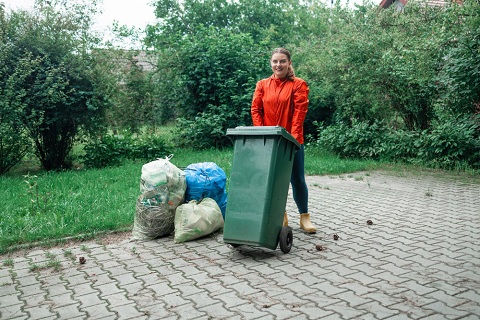
If you have tried all the above methods and your garbage disposal is still clogged, it may be time to call a professional plumber. Persistent issues could indicate a more significant problem within your plumbing system that requires expert attention.
FAQs about How to unclog garbage disposal
The best way to unclog a garbage disposal involves turning off the power, using a plunger to create suction, and manually dislodging the clog with an Allen wrench if necessary. Cleaning the disposal with ice and salt or a baking soda and vinegar mixture can also help remove debris and buildup.
To unjam a garbage disposal, first turn off the power to the unit. Use an Allen wrench to manually turn the motor from the bottom of the disposal, which can help free the jam. If you see any visible obstructions, use tongs or pliers to remove them. Press the reset button on the disposal if needed.
If your garbage disposal won’t drain, start by checking for a clog in the disposal or the P-trap. Turn off the power and use a plunger to try and dislodge the clog. If this doesn’t work, disconnect and clean the P-trap under the sink. Use a baking soda and vinegar solution to clear any remaining debris, followed by flushing with hot water.
Signs of a clogged garbage disposal include slow drainage, water backing up into the sink, unpleasant odors, and unusual noises such as grinding or humming. If you experience these symptoms, it’s likely your disposal is clogged and needs attention.
To clean a garbage disposal trap, turn off the power to the disposal. Place a bucket underneath the P-trap (the curved pipe under the sink) to catch any water. Unscrew the connections holding the trap in place and remove it. Clean out any debris or buildup inside the trap, then reassemble the pipes and check for leaks.
Conclusion
Unclogging a garbage disposal can be a straightforward task if you follow the correct steps and safety precautions. By understanding the common causes of clogs and performing regular maintenance, you can keep your garbage disposal running smoothly and efficiently. Should you encounter persistent problems, do not hesitate to seek professional help to avoid further damage.


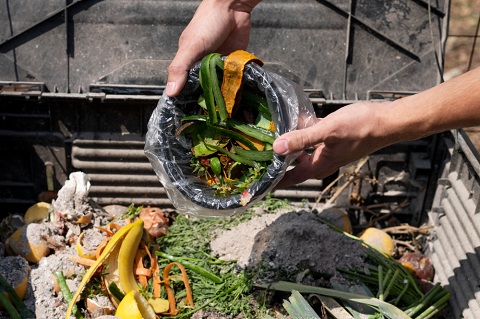

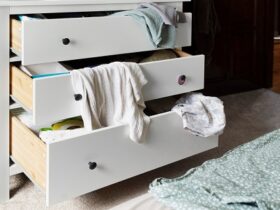


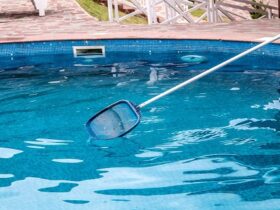

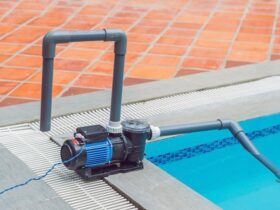
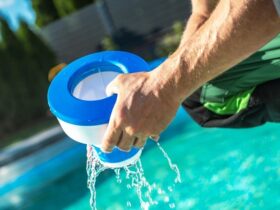

Find Us on Socials